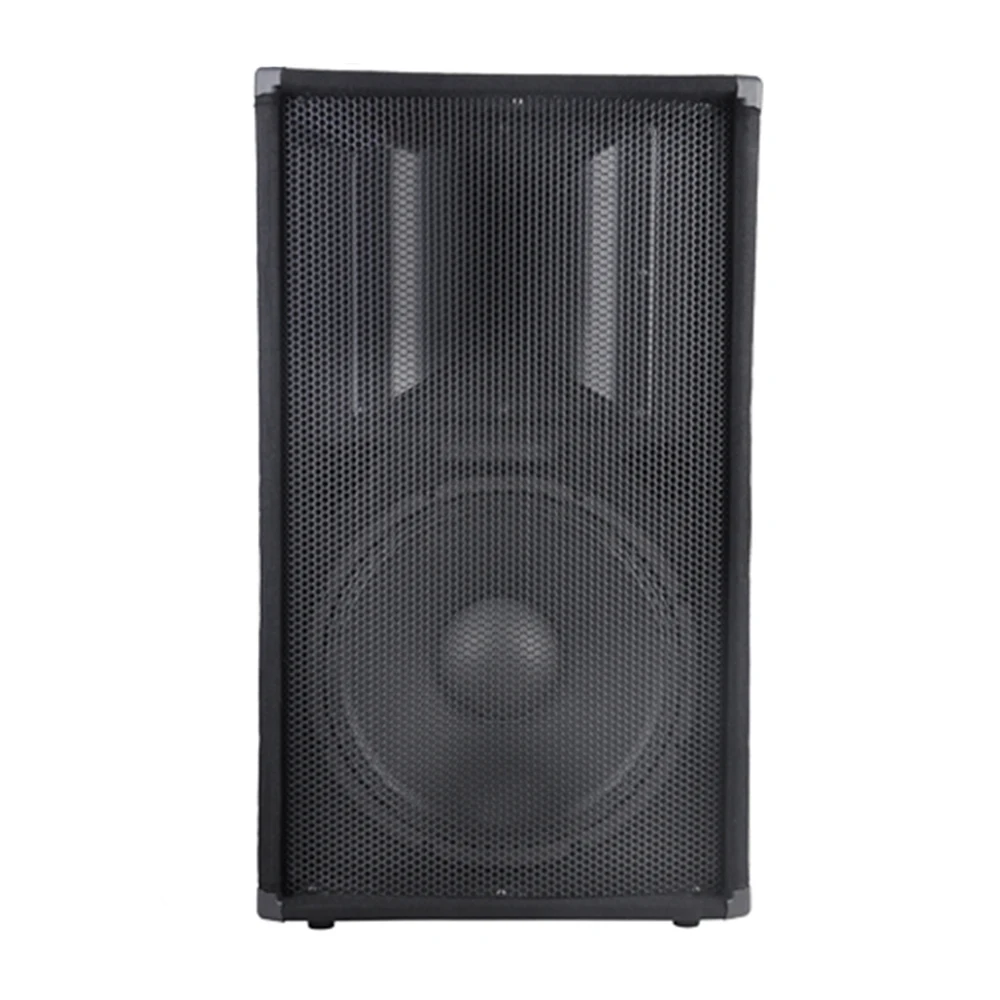
These can be driven with 2 channels from amplifiers that can’t be bridged for more power. For subwoofers or other larger speakers, you can power them with more wiring configurations or even 2 amplifiers each which you can’t do with single voice coil models. Flexibility in how they’re wired (2 ohms, 4 ohms, 8 ohms, etc) for better compatibility with amplifiers and stereo receivers. These types of speakers allow some additional options that single coil speakers do not: What is a dual voice coil speaker?ĭual voice coil speakers offer a second voice coil winding in the same speaker and on the same voice coil bobbin assembly. Some, but not all, speaker magnets have a hole in the center to help ventilate the voice coil and keep it cool. That’s one reason why ceramic magnets are more popular for speaker use. Neodymium magnets are stronger for their size (denser magnetic fields) but ceramic magnets, while larger, are more cost-effective. The magnet provides a stable magnetic field area that attracts or repels the voice coil.īecause the coil develops a magnetic field it’s a bit like an electromagnet in a way. Loudspeaker magnets are usually a permanent magnet (usually a ceramic or neodymium type magnetic material) with a thin circular gap in which the voice coil is suspended. Surround: this is a flexible and durable circular material (usually rubber or some type of foam) that attaches the top edge of the cone to the basket. These connect to the voice coil using a flexible braided wire that moves with the cone. Speaker terminals & braided wire: speaker terminals are metal tabs or connectors that connect speaker wire to the speaker. It also provides a way to mount the speaker assembly to a box. Speaker basket: the basket is a cast metal or stamped metal frame that the speaker parts attach to an keeps everything aligned. The dust cap is a thin material (like a “cap”) that covers the opening in the center to keep out dust & dirt. Cone (diaphragm) & dust cap: this a cone-shaped stiff material that’s moved by the magnet & voice coil together to move air & create sound. Spider or suspension: the spider is a wavy-shaped thin woven material that supports the voice coil bobbin assembly and helps push the cone back in place as it moves. A very long and tightly wound wire coil, called the voice coil, creates a magnetic field as electricity flows through it from the musical signal from an amplifier. Voice coil and bobbin: The bobbin is a round tube attached to the bottom of the cone. Permanent magnet: A magnet is used to provide a fixed magnetic field surrounding the voice coil to make movement possible. Most speakers are made of the following parts that work together to create sound: #3 WAY SPEAKER ENCLOSURE DESIGN DRIVER#
A speaker driver is a single speaker assembly used to put together a speaker system.
More great speaker info, articles, & diagramsįirst things first: What is inside a speaker?Ī loudspeaker is sometimes called an electrodynamic loudspeaker because it changes electricity into motion via magnetic fields created from the musical electrical signal. How does a 2 way speaker crossover work?. What is a 2 way speaker? What is a 3 way speaker?. 
Coaxial vs standard/single cone speakers.What is speaker frequency response and speaker sensitivity?.
 Where did 4 ohm and 8 ohm speakers come from?.
Where did 4 ohm and 8 ohm speakers come from?. 
What does speaker impedance mean? (Speaker Ohm ratings explained).How do speakers work? Step by step explanation + animated diagram.First things first: What is inside a speaker?.







 0 kommentar(er)
0 kommentar(er)
